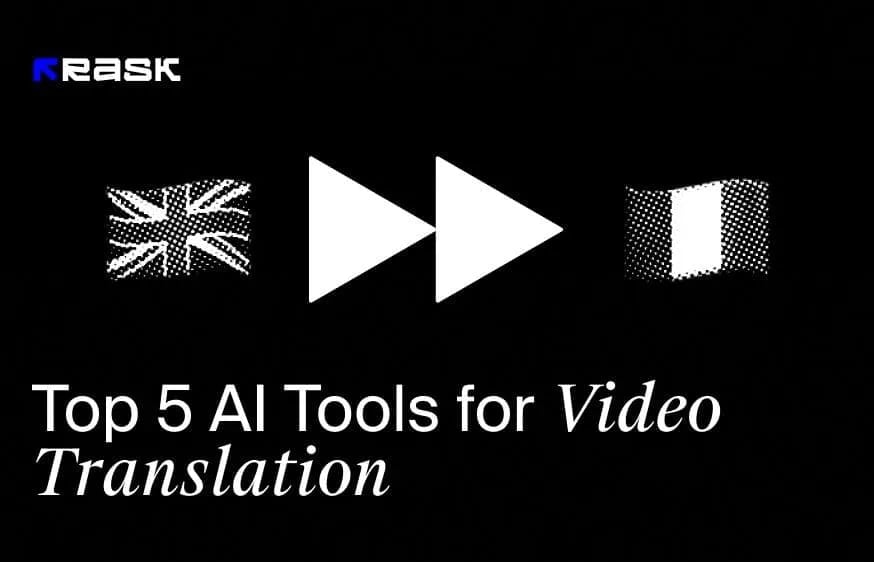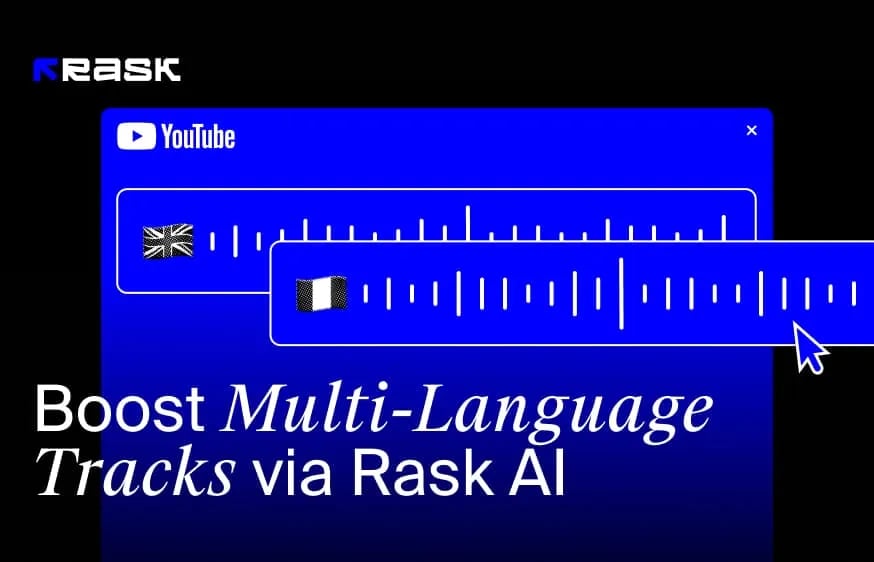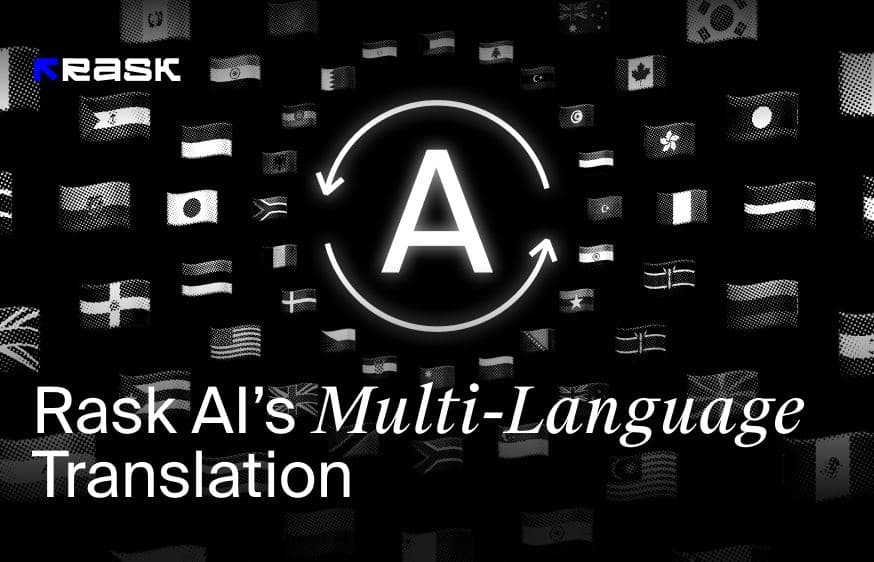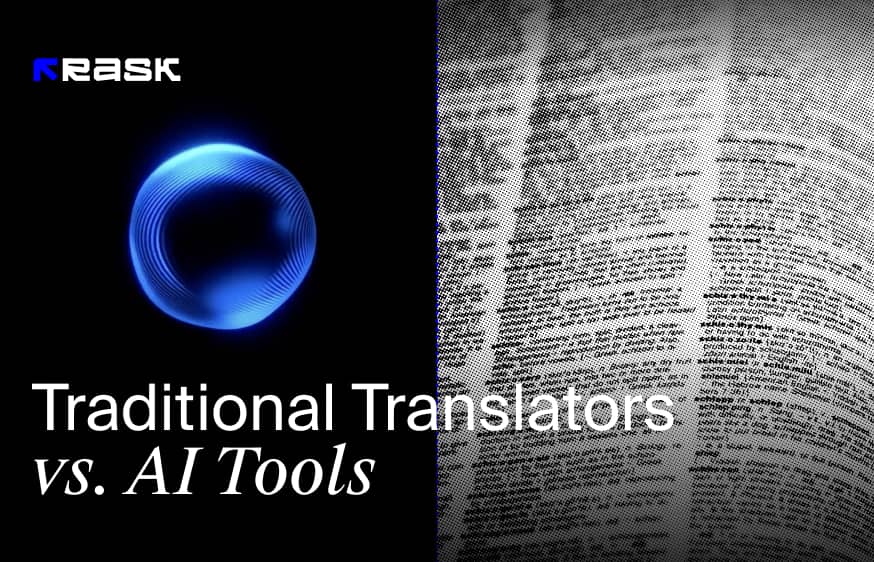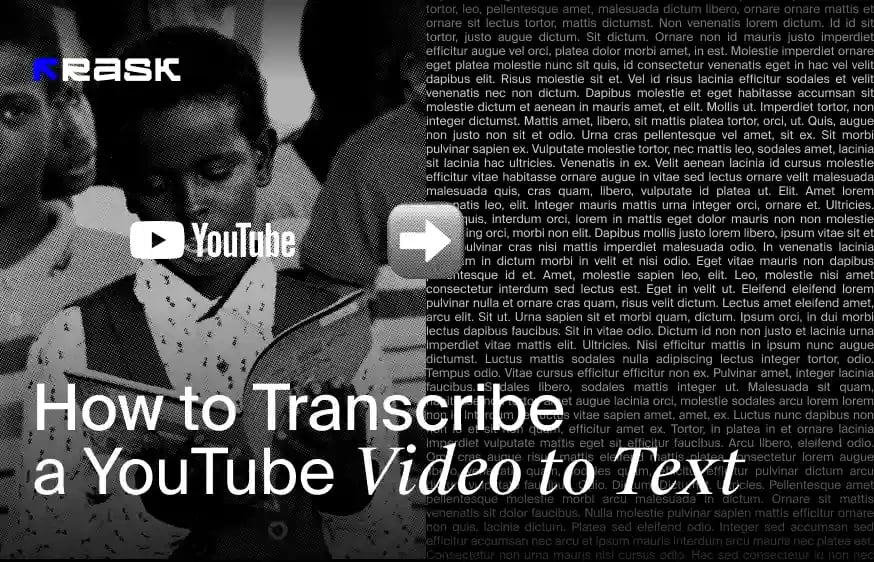Come tradurre i video di YouTube in qualsiasi lingua
Cosa c'è dentro
Perché la traduzione è importante?
La traduzione dei video di YouTube è importante per l'accessibilità e l'inclusività. Con le didascalie di YouTube, potrete ampliare il vostro pubblico e aumentare il coinvolgimento del pubblico globale. La traduzione dei video di YouTube offre numerosi vantaggi:
- Aumento del numero di spettatori.
- Miglioramento del coinvolgimento degli spettatori.
- Un numero maggiore di abbonati.
- Miglioramento del SEO e della scopribilità.
Metodi di traduzione per i video di YouTube
Esistono alcuni metodi per tradurre i video di YouTube, ma fondamentalmente si basano sulla traduzione manuale e sugli strumenti integrati. Il manuale prevede due metodi e ci sono due funzioni di YouTube che si possono utilizzare per la traduzione.
Traduzione manuale
Se vi piace tradurre video, potete tradurre voi stessi, e questo è il primo tipo di traduzione manuale. La traduzione di un video di YouTube richiede un software di trascrizione e uno strumento di traduzione.
I vantaggi dell'autotraduzione sono: se vi piace tradurre, farete ciò che vi piace, è economicamente vantaggioso, è più veloce se non vi piace aspettare che qualcun altro finisca il lavoro e potete aggiungere il vostro tocco personale.
Gli svantaggi sono che può essere molto dispendioso in termini di tempo e che è necessario comprendere la lingua a un livello superiore se si è la persona che deve tradurre. C'è anche un maggiore potenziale di errore.
L'altra strada percorribile è quella di assumere un traduttore video professionista. Per trovare qualcuno che lo faccia in modo professionale, bisogna rivolgersi ad altri creatori e considerare il costo e la qualità. Se si tratta di un video di YouTube di grandi dimensioni, probabilmente il costo sarà maggiore.
I vantaggi sono che otterrete una traduzione di alta qualità dei vostri video di YouTube, il professionista comprenderà le sfumature culturali di una lingua, sarà più efficiente e coerente e vi permetterà di concentrarvi sulle attività di contenuto principali piuttosto che sulla traduzione in nuove lingue.
Gli svantaggi sono rappresentati dal costo di un professionista che renda accessibili i vostri contenuti. Può essere difficile trovare un traduttore affidabile e subito disponibile. Inoltre, il rilascio del video su YouTube dipende dal traduttore.
Strumento di traduzione integrato
Per quanto riguarda gli strumenti integrati, è possibile utilizzare i sottotitoli e le didascalie chiuse di YouTube, ma c'è anche una funzione di traduzione automatica. La traduzione automatica funziona in alcuni casi meglio che in altri.
La funzione è simile a Microsoft Translator in MS Edge. Per i sottotitoli e le didascalie chiuse di YouTube, cioè per attivarli, è necessario fare alcune cose:
- Andare a YouTube Studio: Accedere a YouTube, fare clic sull'immagine del profilo nell'angolo in alto a destra e fare clic su YouTube Studio.
- Selezionare il video: Qui è necessario andare alla scheda Contenuto e selezionare il video a cui si desidera aggiungere i sottotitoli.
- Selezionare un'opzione di sottotitoli: Esistono diverse opzioni, ma è necessario selezionarle dalla sezione Sottotitoli nella barra laterale sinistra. Fate clic su Aggiungi lingua e selezionate la lingua dei sottotitoli.
- Aggiungere i sottotitoli: Caricare o aggiungere manualmente i sottotitoli utilizzando l'editor di sottotitoli.
L'utente può attivare i sottotitoli con il pulsante CC del lettore e scegliere tra le diverse lingue disponibili. Facendo clic su CC si ottengono i sottotitoli nella lingua predefinita. I titoli del video vengono visualizzati non appena si fa clic e si seleziona.
Sono disponibili anche sottotitoli automatici. I sottotitoli automatici sono disponibili in diverse lingue. È sufficiente fare clic sulla lingua desiderata per ottenere i sottotitoli automatici, se non sono disponibili, ma è possibile modificare i sottotitoli automatici se si desidera.
Per aggiungere e modificare i sottotitoli è necessario accedere a YouTube Studio e assicurarsi che siano sincronizzati con il contenuto. È possibile rivedere i sottotitoli automatici e modificarli.
Esisteva un'opzione chiamata sottotitoli forniti dalla comunità, ma è stata disattivata da YouTube perché c'erano persone nella comunità di YouTube che abusavano di questa funzione.
Nel menu a sinistra del profilo si trovava l'opzione di gestione dei video e le impostazioni della lingua potevano essere impostate in modo da avere i permessi per le modifiche della comunità. Si poteva anche impostare la lingua predefinita del profilo. Tuttavia, i contributi della comunità sono stati disattivati dal 2020.
Didascalie tradotte automaticamente su YouTube
La funzione di traduzione automatica utilizza la traduzione automatica offerta da Google Translate in combinazione con il riconoscimento vocale. Quindi, per prima cosa,YouTube è in grado di trascrivere automaticamente il video.
È qui che si trovano le didascalie di YouTube, poi il testo viene elaborato attraverso il servizio di traduzione ed è in grado di tradurlo automaticamente e di visualizzarlo.
Svantaggi dei sottotitoli tradotti di YouTube
Anche se l'opzione di tradurre i video di YouTube utilizzando gli strumenti integrati sembra fantastica, ci sono molti svantaggi.
Questi includono diversi problemi di accuratezza, perché la traduzione automatica non è in grado di catturare il contesto o l'espressione in modo più accurato.
Con i sottotitoli in inglese potrebbe essere facile, ma con altre lingue è difficile. Quindi, è limitato nelle lingue con molte barriere linguistiche, come il contesto.
Sebbene sia possibile farlo in pochi clic, manca anche un controllo di qualità e sarebbe meglio optare per i sottotitoli originali.
Servizi di traduzione automatica di video YouTube
Questi strumenti e servizi possono aiutarvi a tradurre il video in modo più accurato in qualsiasi lingua preferita. Con questi strumenti potrete raggiungere un pubblico internazionale in pochi minuti e con pochi clic.
Strumenti basati sull'intelligenza artificiale
Il modo migliore per farlo potrebbe essere quello di utilizzare una soluzione di intelligenza artificiale. Queste soluzioni possono tradurre un video di YouTube in più lingue in pochissimo tempo. Potrebbero anche avere alcune funzioni aggiuntive che consentono di modificare il video. Ecco le migliori soluzioni per questo tipo di traduzione:
Può fare molto di più che tradurre il video in 130 lingue. Offre la trascrizione automatica. Può aggiungere una nuova lingua al video e tradurre sia i sottotitoli che i video doppiati. È anche possibile modificare le espressioni del video per adattarle alla lingua scelta. Questa particolare soluzione utilizza anche la tecnologia di clonazione vocale per far sembrare che una lingua diversa sia parlata da un'altra persona. I vostri contenuti avranno un sapore nuovo.
- ElevenLabs
Questa particolare soluzione è in grado di doppiare il video e tradurlo in una lingua diversa. Sostituisce la lingua originale con una nuova, ma mantiene i tratti della voce dell'oratore originale in modo che sembri la lingua madre dell'oratore. Nel loro studio è possibile modificare manualmente le trascrizioni e regolare diverse impostazioni vocali per ottenere un suono più naturale.
- Wavel AI
Questa soluzione supporta inoltre oltre 30 lingue e offre 250 voci. L'interfaccia è molto semplice: basta caricare il video, modificare il contenuto se necessario, cioè modificare il file tradotto, e poi caricarlo di nuovo. Una volta soddisfatti della qualità e di tutto ciò che riguarda il video, è possibile scaricarlo e pubblicarlo su YouTube.
- BlipCut
Questa particolare soluzione utilizza un'estensione del traduttore per Chrome per tradurre e pronunciare i sottotitoli dei video. È stato creato per YouTube e si possono usare più di 100 voci diverse, ma è più una soluzione per le persone che guardano i video. È inoltre possibile utilizzare il traduttore AI con tecnologia di clonazione vocale per tradurre i video in 30 lingue diverse.
- Maestra AI
Questa soluzione AI è in grado di generare automaticamente sottotitoli in qualsiasi formato, oltre a fornire un voiceover text-to-speech con diverse voci generate dall'AI. Può anche trascrivere facilmente un video. Tuttavia, l'interfaccia è un po' complicata e ci sono alcuni passaggi da fare prima di poter eseguire la traduzione e il voiceover. Può tradurre i video in oltre 100 lingue.
Come tradurre un video di YouTube
Per rendere accessibile il proprio canale YouTube è necessario avere video tradotti sul canale. È bene anche avere un titolo tradotto, che lo renda ancora più inclusivo.
I video di YouTube possono essere tradotti manualmente, con gli strumenti integrati di YouTube, con altre applicazioni di traduzione automatica di terze parti o con una combinazione di questi strumenti. In ogni caso, se lo fate, dovrete rivederlo e ottimizzarlo. Quindi, procedete in questo modo:
- Trascrivere il video.
- Tradurre il video.
- Utilizzare il testo tradotto per creare un file di sottotitoli.
- Rivederlo e modificarlo.
È possibile saltare tutti questi passaggi e ottenere il video con la lingua tradotta utilizzando uno strumento AI come Rask. A meno che non vi piaccia tradurre, vi consigliamo di tradurre un video di YouTube utilizzando uno strumento di intelligenza artificiale.
È facile e i sottotitoli tradotti sono molto accurati. Niente a che vedere con la funzione di traduzione automatica. Inoltre, è molto meglio del servizio che usano per tradurre i commenti di YouTube.
Migliori pratiche per una traduzione efficace
Per tradurre efficacemente i video di YouTube, è necessario capire il pubblico. Selezionate un gruppo target e cercate altri video di YouTube che hanno cercato.
I video di YouTube devono mantenere il contesto originale e considerare le sfumature culturali della lingua originale prima di essere tradotti in altre lingue.
La lingua originale deve essere semplice e chiara e costituirà una buona base per la lingua straniera.
Dovete essere coerenti e assicurarvi di localizzare con la lingua giusta. Prendete in considerazione l'idea di testarla con persone madrelingua.
Se si tratta di un testo straniero, chiedete a qualcuno di rivederlo e modificarlo se non siete madrelingua della lingua del video.
I contenuti video devono coinvolgere gli spettatori anche attraverso i sottotitoli. Oltre ai sottotitoli e alla lingua, è importante anche l'editor video.
Come fanno i canali YouTube di successo?
Attualmente, la maggior parte degli YouTuber traduce i video di YouTube utilizzando soluzioni di intelligenza artificiale. Questo è il modo più semplice per tradurre un video di YouTube. È molto meglio della funzione di traduzione automatica perché è molto più affidabile.
Ma un video di qualità può anche avvalersi di traduttori professionisti e il creatore può caricare i sottotitoli separatamente. Non è difficile caricare i sottotitoli se qualcuno li traduce per voi.
I canali di successo impostano le loro impostazioni video in modo appropriato, si tengono aggiornati sulle tendenze linguistiche e monitorano le prestazioni dei loro video.
Copyright e considerazioni legali
Quando si traduce un video, è necessario assicurarsi che la traduzione rifletta il messaggio originale del contenuto. È inoltre necessario mantenere il marchio coerente in tutte le traduzioni.
Prima di caricare i sottotitoli, pensate alle differenze culturali tra la lingua di destinazione e la vostra lingua originale.
Prima di caricare i sottotitoli, pensate alle avvertenze legali sui contenuti sensibili. È necessario aggiungere le dichiarazioni di non responsabilità al video. L'applicazione YouTube non li aggiunge automaticamente.
Proteggete la vostra proprietà intellettuale prendendo in considerazione la possibilità di registrare le vostre traduzioni presso gli uffici competenti per il copyright.
Quando siete sull'app di YouTube e cercate di monetizzare i vostri contenuti, assicuratevi che anche le versioni tradotte siano conformi alle politiche di YouTube.
I contenuti tradotti devono essere conformi alle leggi locali dei Paesi in cui si trova il vostro pubblico.
Traduzione di metadati e descrizioni
Tradurre i titoli e le descrizioni. È bene tradurre anche i tag per rendere i video più scopribili, migliorare la SEO, coinvolgere maggiormente il pubblico e dare più spazio alla monetizzazione.
È necessario mantenere le parole chiave nella traduzione, pensare alla rilevanza culturale ed essere concisi e chiari. Gli elementi da tradurre sono:
- Titoli
- Descrizioni
- Tag
- Didascalie e sottotitoli
- Titoli e descrizioni delle playlist
Promozione dei video tradotti
Ci sono moltissime strategie che potete utilizzare per promuovere i vostri video in modo efficace. Abbiamo già accennato all'ottimizzazione dei metadati in diverse lingue. Potete anche utilizzare i social media.
Date spazio alla collaborazione con gli influencer e cercate di utilizzare le funzioni offerte da YouTube per promuovere i vostri video. La cosa migliore da fare, oltre alla qualità della traduzione, è ottimizzare i video per i motori di ricerca locali.
Conclusione
Esistono diversi modi per tradurre i video di YouTube e, per scalare la traduzione dei contenuti, sarebbe meglio utilizzare una soluzione AI. È veloce e precisa, ma potete sempre provare le funzioni di YouTube se si tratta di un video breve.
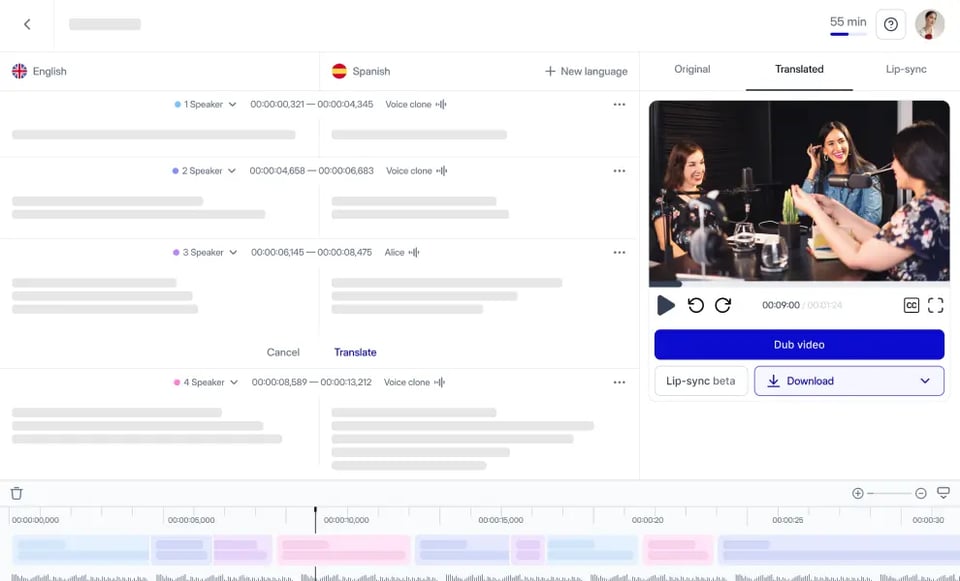

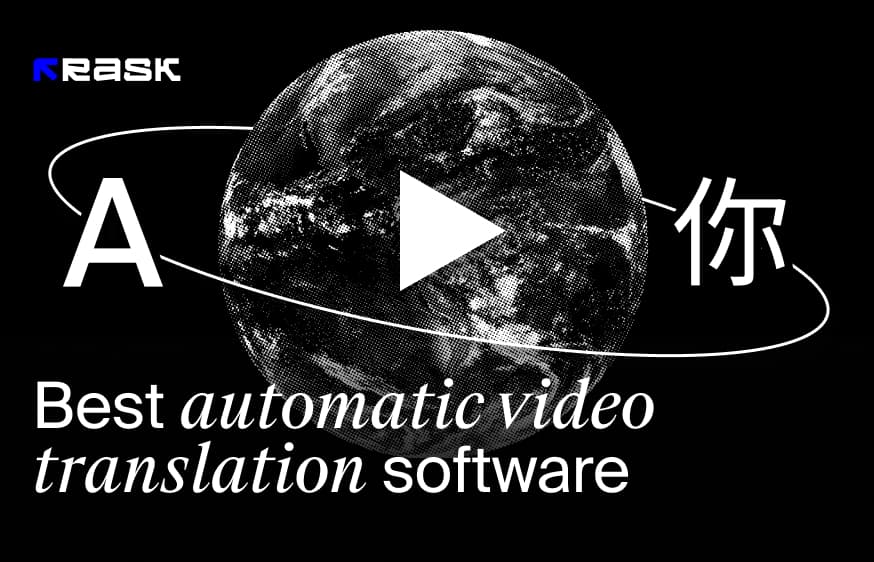
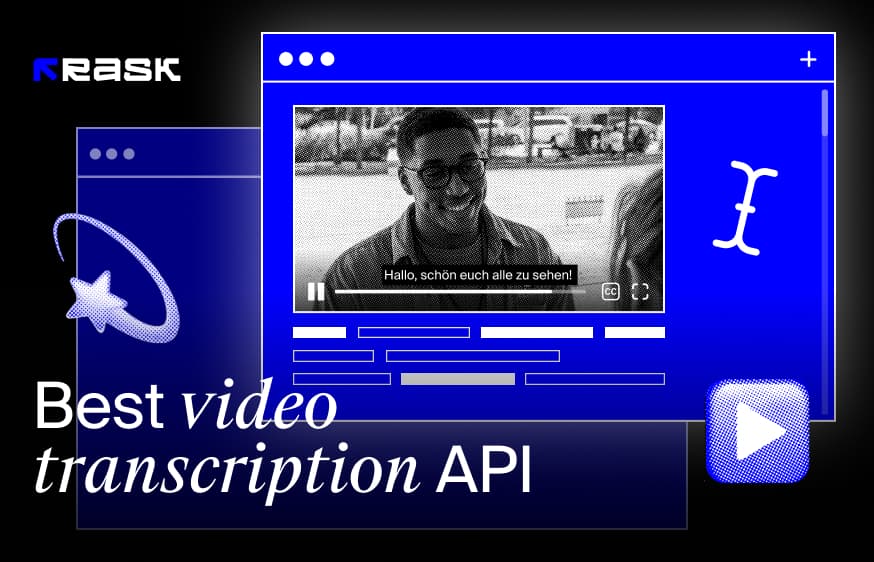

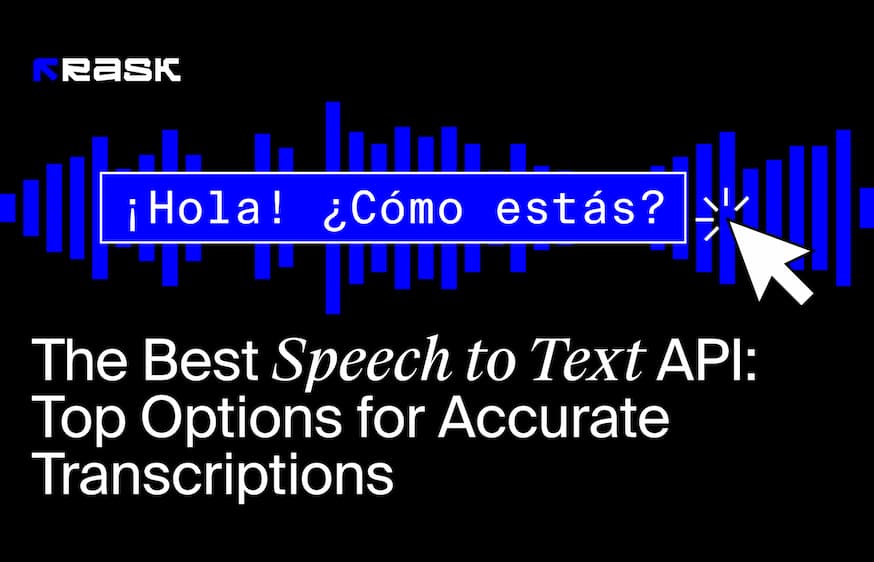

.jpg)
.webp)
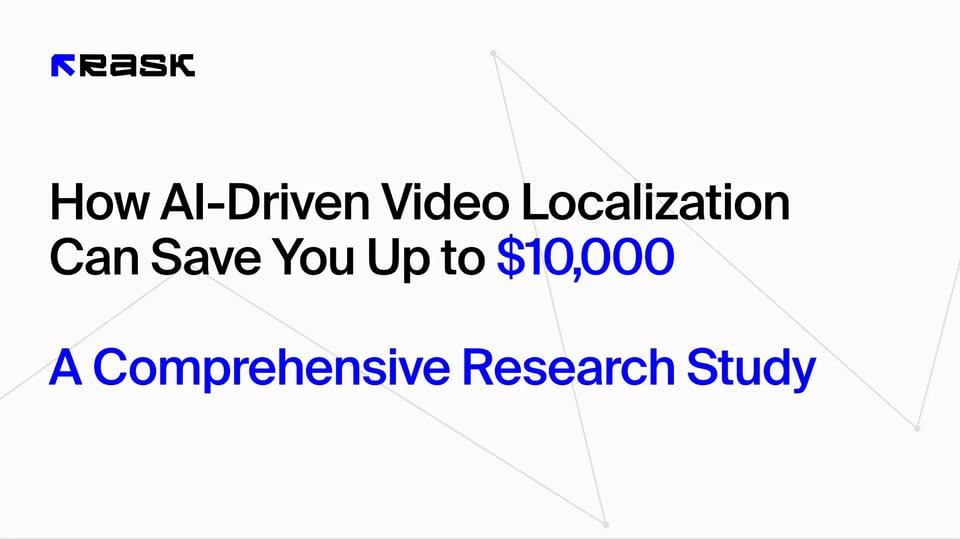

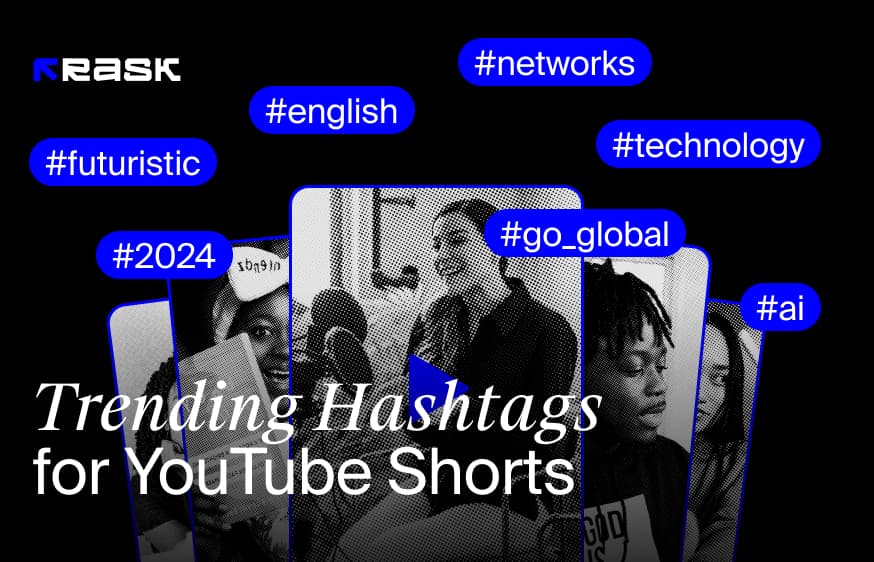
![8 Migliori app di traduzione video per i creatori di contenuti [del 2024].](https://rask.ai/cdn-cgi/image/width=960,format=auto,fit=scale-down/https://cdn.prod.website-files.com/63d41bc99674c403e4a7cef7/6668a3dcd3175bd1d1c73c81_Best%20video%20translator%20apps%20cover.webp)
![Il miglior software di doppiaggio AI per la localizzazione dei video [del 2024].](https://rask.ai/cdn-cgi/image/width=960,format=auto,fit=scale-down/https://cdn.prod.website-files.com/63d41bc99674c403e4a7cef7/66685014f68137eb05c89c16_Cover.webp)

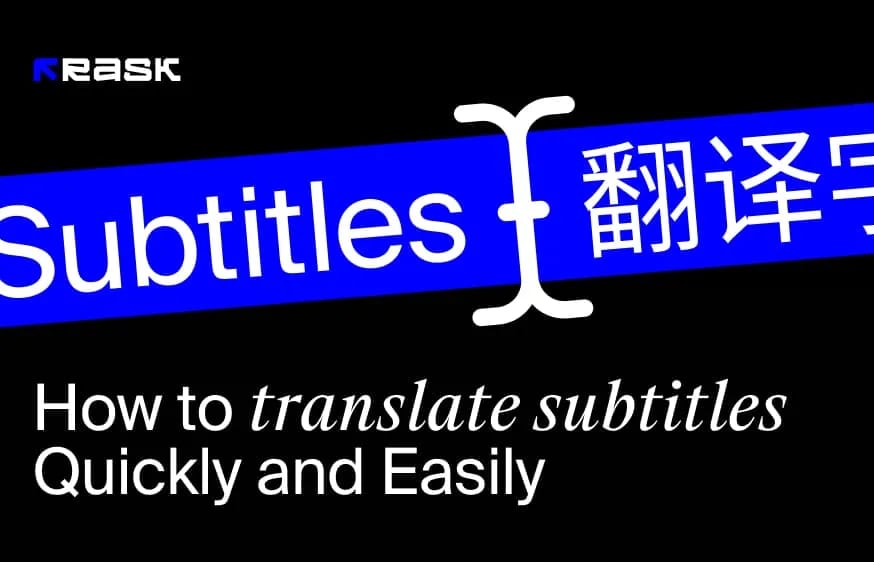
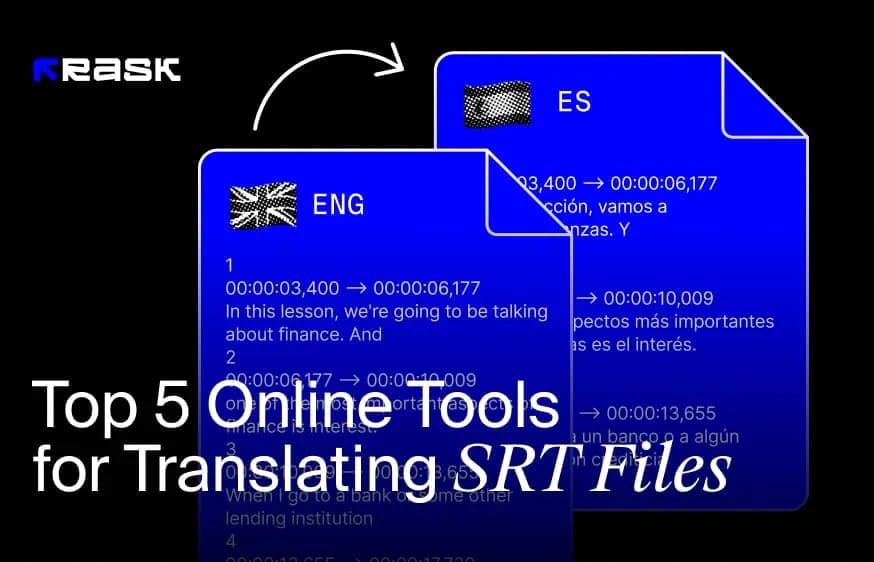

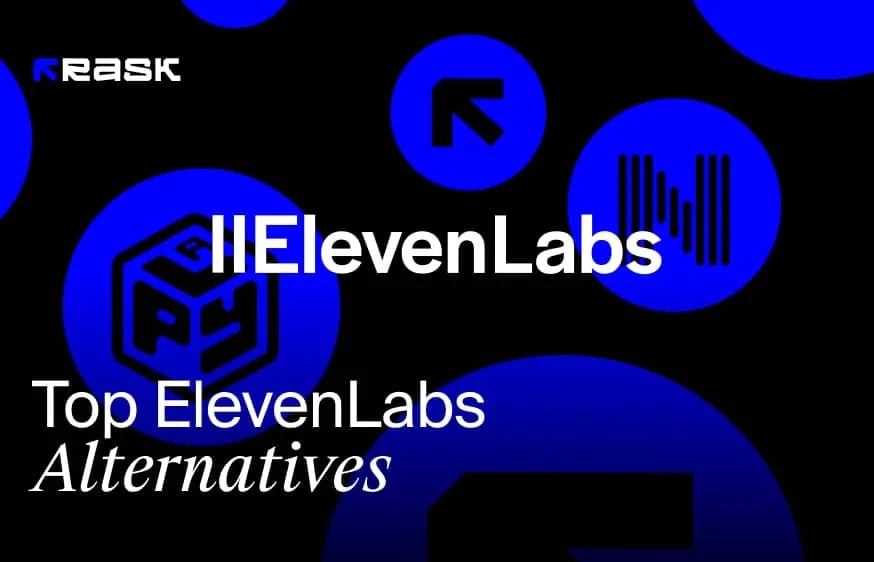
.webp)

